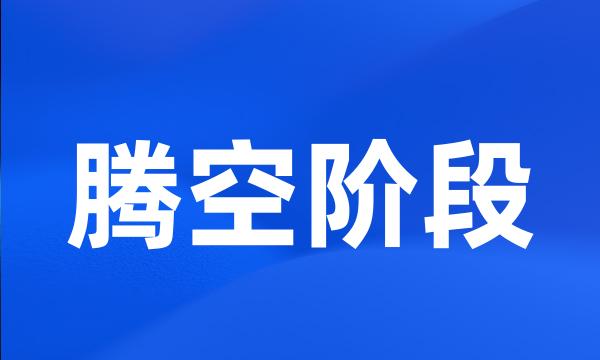腾空阶段
- flight phase
 腾空阶段
腾空阶段-
腾空阶段把袋鼠抽象为无根树型四刚体系统。
In flight phase , a non-tree type four rigid body systems is based .
-
从起跳过程角度和摩擦力的影响,腾空阶段收腿的作用和落地后震荡情况等因素分析机器人的稳定性。
From the take-off angle and friction factor of the ground , movement of legs during flight phase and the impact when landing , stability of robot is analyzed .
-
竞技蹦床腾空阶段矛盾体的生物力学分析
Biomechanical analysis of opposite factors of trampoline in flying period
-
撒手腾空阶段靠摆动,第二周空翻靠内力。
The flight phase with releasing grip depends on swing and the second aerial depends on the internal force .
-
4腾空阶段身体重心的腾空高度不一定影响动作的完成,当身体重心升高的幅度不大时,通过加快起跳阶段离地瞬间髋关节的旋转速度可以成功完成动作。
When the physical center of gravity increased marginally , by speeding up hip rotation speed in the take-off stage can successfully complete the movement .
-
在腾空阶段,张竣的左膝角和右膝角是呈下降趋势,且右膝角大于左膝角。
In the flight phase , Zhang Jun of the left knee angle and knee angle is decreased , and the right knee angle is larger than the left knee angle .
-
腾空阶段大腿应尽量向胸部靠近,并防止身体和手臂产生的晃动、摇摆,要维持好重心的平衡,以保证空中动作的高质量完成。
Flight phase , the thigh should be close to the chest , and to prevent the shaking produced by the body and arms , swing , the center of gravity to maintain a good balance to ensure that air quality action completed . 4 .
-
腾空旋转阶段,铁饼被动置于体后的能力较差。
During airborne phase , the ability of keeping the discus behind the body is poor .
-
分别就着地与腾空两个阶段,采用拉格朗日法,建立了相应的单腿跳跃机构分析模型和多体系统动力学方程,给出了相应两个阶段的机器人质心的运动学和关节驱动力矩的表达式;
The corresponding multi-body dynamic equations and kinematic expressions of the joint driving moment in the stance phase and the flight phase are also established with Lagrange method .
-
在此基础上,提出了仿袋鼠跳跃机器人的机构模型,并从袋鼠跳跃的着地和腾空两个阶段分析入手,给出了相应的跳跃机构运动学分析模型,并分别进行了正、逆运动学研究。
Then the mechanic model of kangaroo robot is presented . This paper establishes kinematics model during the contact phase and the air phase of the kangaroo hopping .
-
结果表明:左脚离地时的身体姿势对腾空、过渡阶段和最后用力阶段有着重要的影响;
The result show that the body posture in the time of left foot 's leaving the ground has great influence on the rising 、 transitional period and the delivery .
-
腾空和过渡阶段膝关节的生物力学指标:左脚离地瞬间左膝角为(125±3)°,右膝角为(114±6)°;
Vitodynamics index of knee joint at the empty out and transition moment : Angle of left knee at the moment of leaving ground of left foot was ( 125 ± 3 )°, angle of right knee ( 114 ± 6 )°;
-
腾空和过渡阶段肩关节的生物力学指标:左脚离地瞬间肩髋角度为27°,拉引角度为150°,肩轴角度为-12°;
Biomechanics of should joint at the empty out and transition moment : In the instant of leaving of the left foot , the angle between shoulder and hip was 27 °, the angle of pull was 150 °, the angle of axis between shoulder was-12 °;
-
结果显示腾空时间和支撑阶段支撑腿从垂直支撑到最大缓冲的时间过长是制约步幅的主要因素;
The result shows that the main factors are the flight time and the time from perpendicularity to max-cushion during the driving phase was to long .
